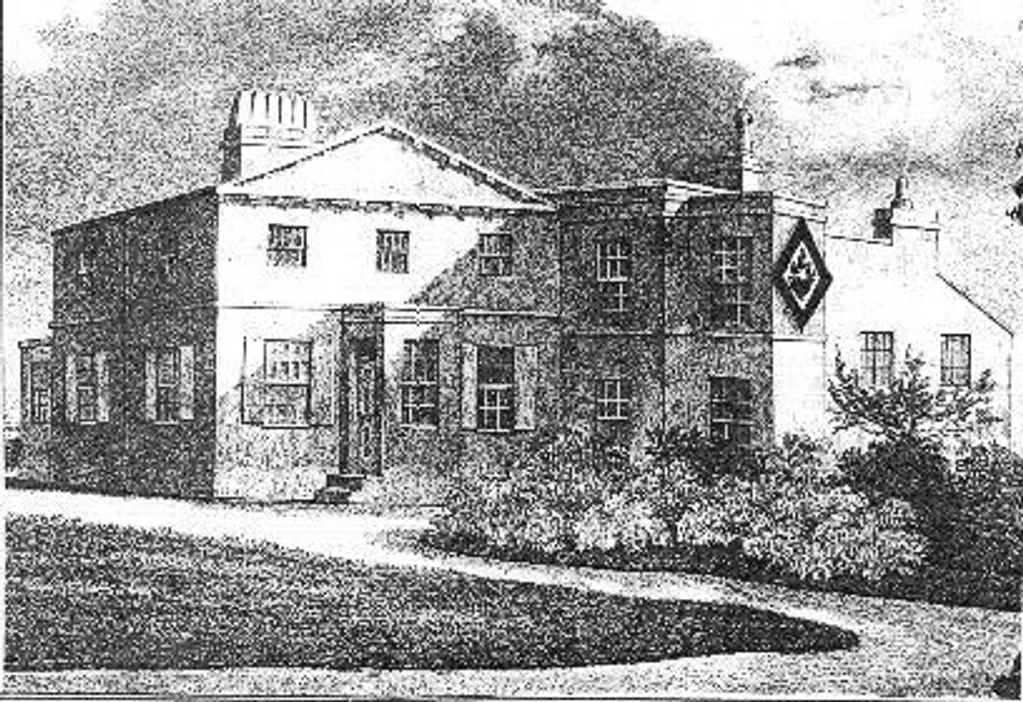Our tour of Old Hest starts naturally at the "Hest Bank", a popular pub and restaurant. This rear view from the canal side shows two interesting features of the old coaching inn. To the right is the old Elizabethan section first known in 1554. It was originally known as "The Sandes Inn".
To the left facing Morecambe bay is the many windowed "Lantern Room" built in the late 18th C. Illuminated at night it guided the "cross the sands" stage-coaches safely from Kents Bank to the Turnpike extension a
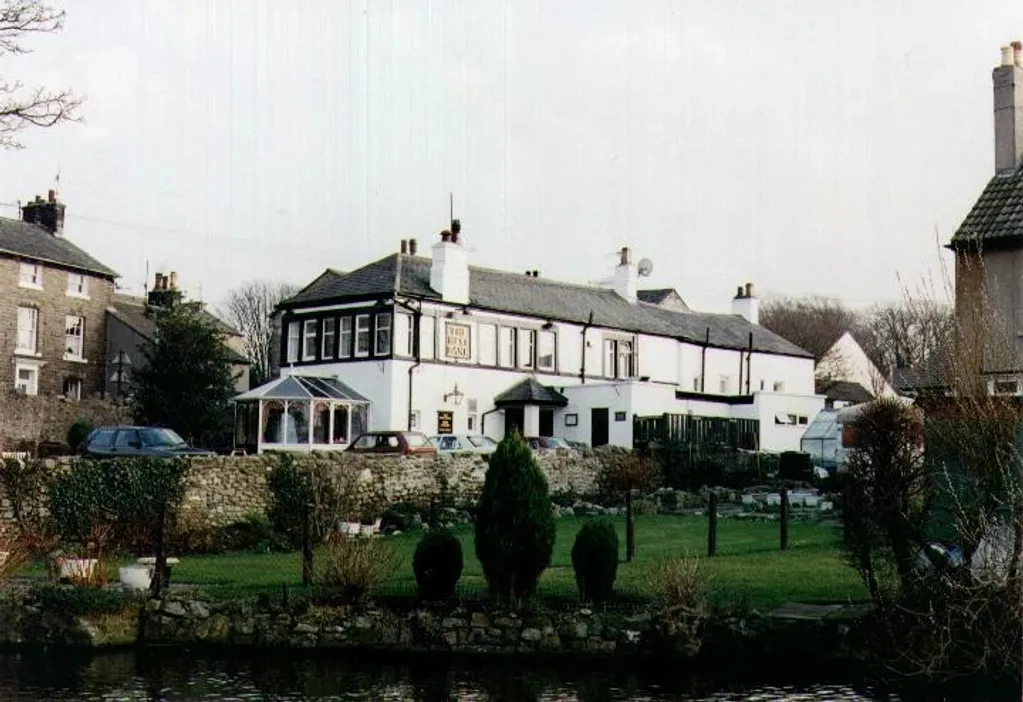
Behind the Hest Bank pub is the old Hest Bank Farm, much modified but dating from well before 1802 when it was part of the estate of Thomas Toulmin of Ingleton'
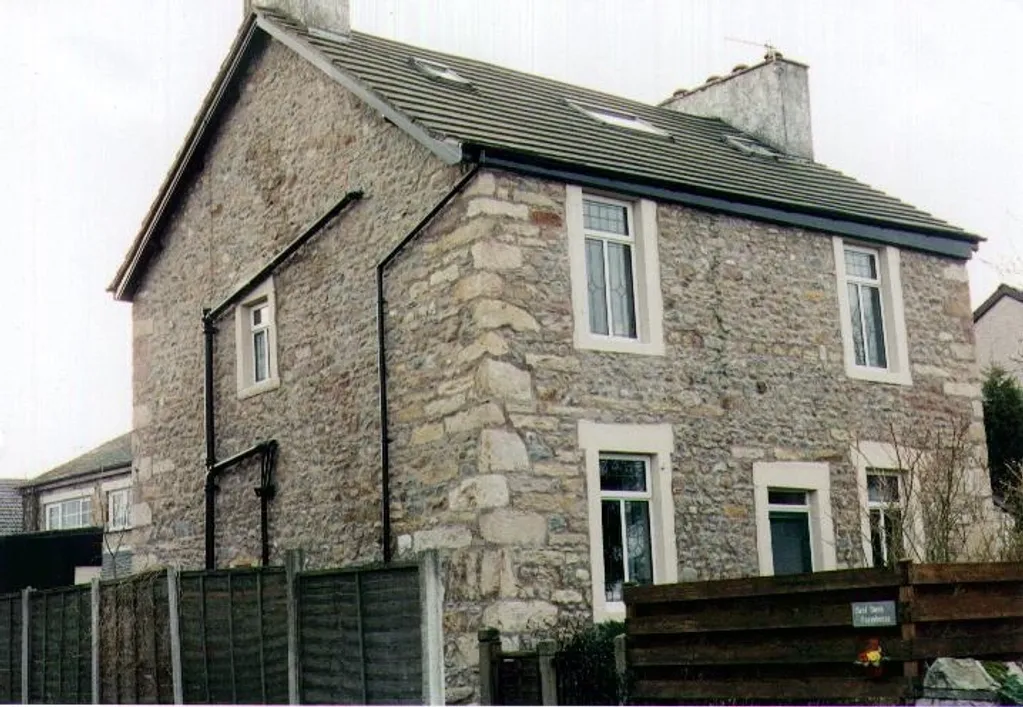
The Old Hall, now converted into flats, stands across the road from the Hest Bank. A building on this site was known in the reign of Henry VIII . In the 1800s it was variously a working farm, a beer house and a boarding house.
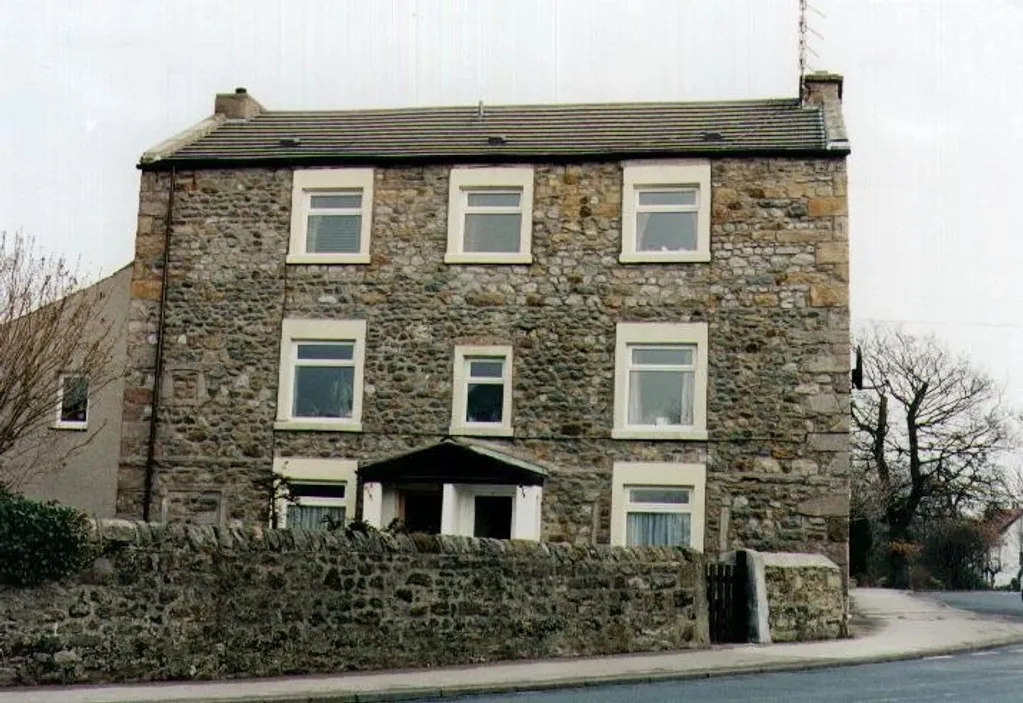
The Canal Warehouse is one of the most picturesque buildings in Hest Bank, it has been photographed by many people and has even been the subject of a painting. It was built by the Hest Bank Canal Company and completed in 1819 and bears the date stone of 1820. The company intended it should be the basis of a thriving business, goods were to be brought by sea to Hest Bank and then transferred to barges for onward movement to destinations via the canal. The associated pier on Hest Bank beach was re
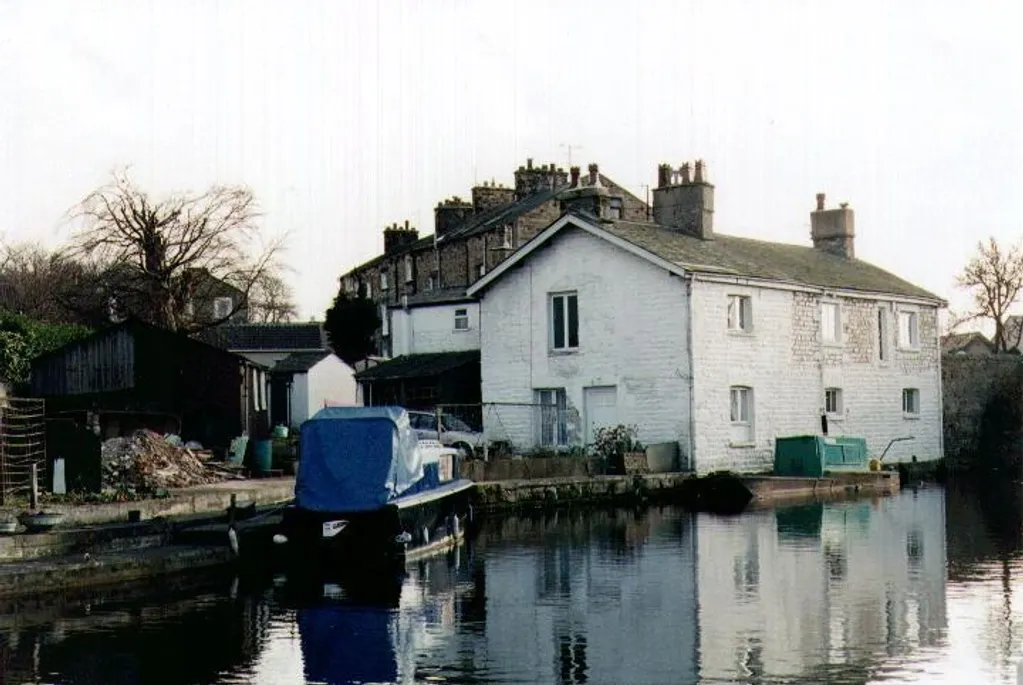
It is a short walk North along the canal towpath to Hatlex Bridge close to the site of the ancient settlement of Hatlex. Hatlex House was once the popular Whitewalls restaurant. William Stout, in old age, wrote his autobiography and it is from this amazing book that we can trace the beginnings of Hatlex House. William was the elder brother of Leonard Stout who built Hatlex House on land their father bought in 1677.
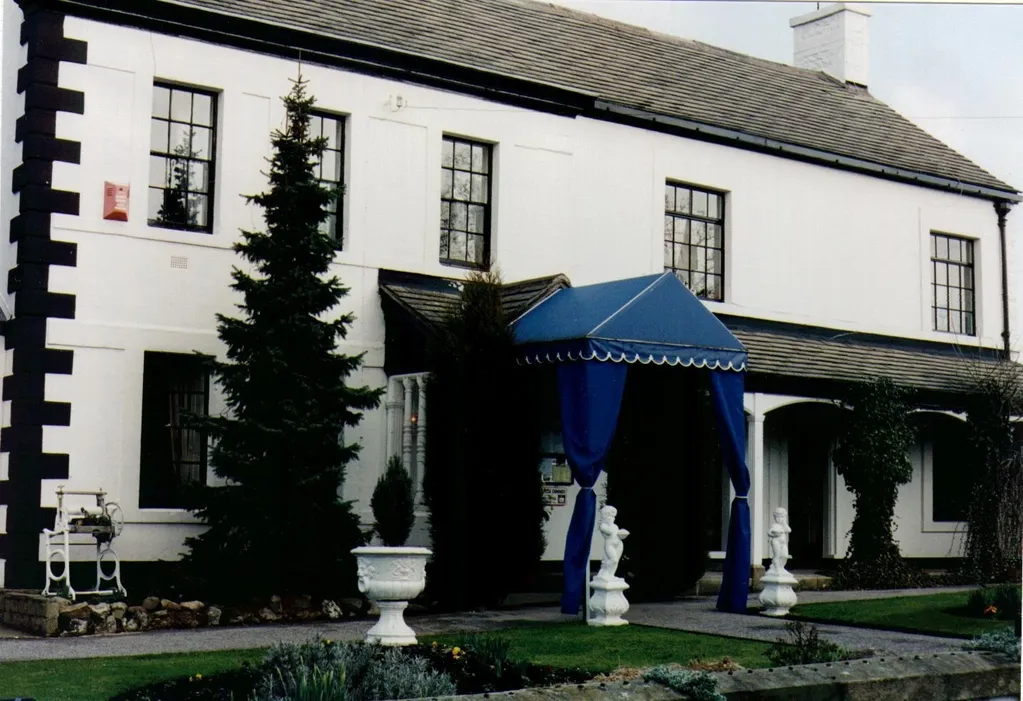
A short detour up Hanging Green Lane (they hung people on Gallows Meadow, not here!) you will this pair of cottages opposite to the entrance of St Luke's Church. It is designated a grade II listed building. Recently sensitive modernisation has resulted in an award winning building.
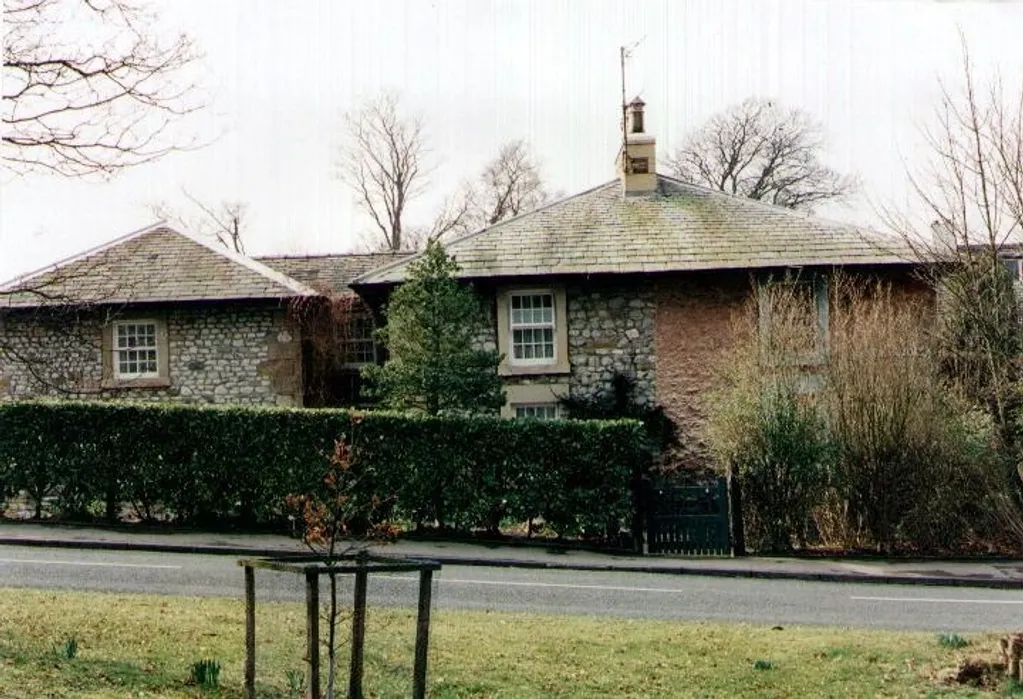
Hatlex Cottage was probably built in 1769 by Leonard Stout the younger or by his son William Stout. This cottage was a beautiful four to five bed roomed house set in four acres of land forming a 'mini estate' within the Hatlex estate. Early last century the house became the Club House for the now defunct 9 hole golf course.
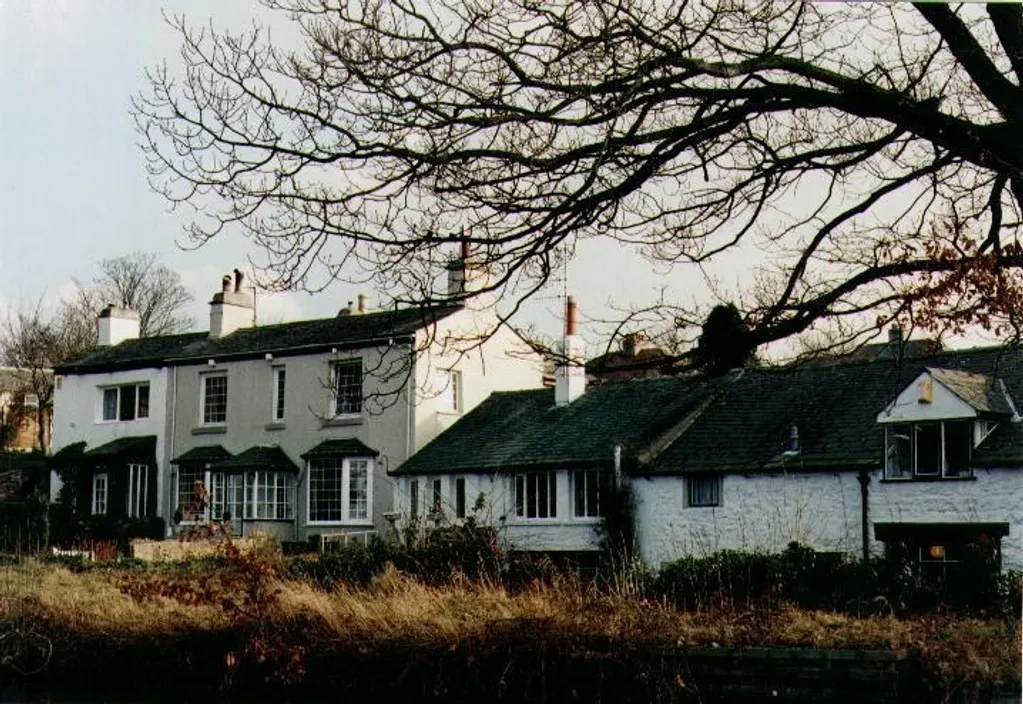
Returning along Peacock Lane, where it curves in an arc, you pass the site of Hest Bank Lodge. The property was demolished in 1964. However, the notorious "white lady", possibly a murdered servant, still haunts the area and disturbs those returning late from The Hest Bank pub.
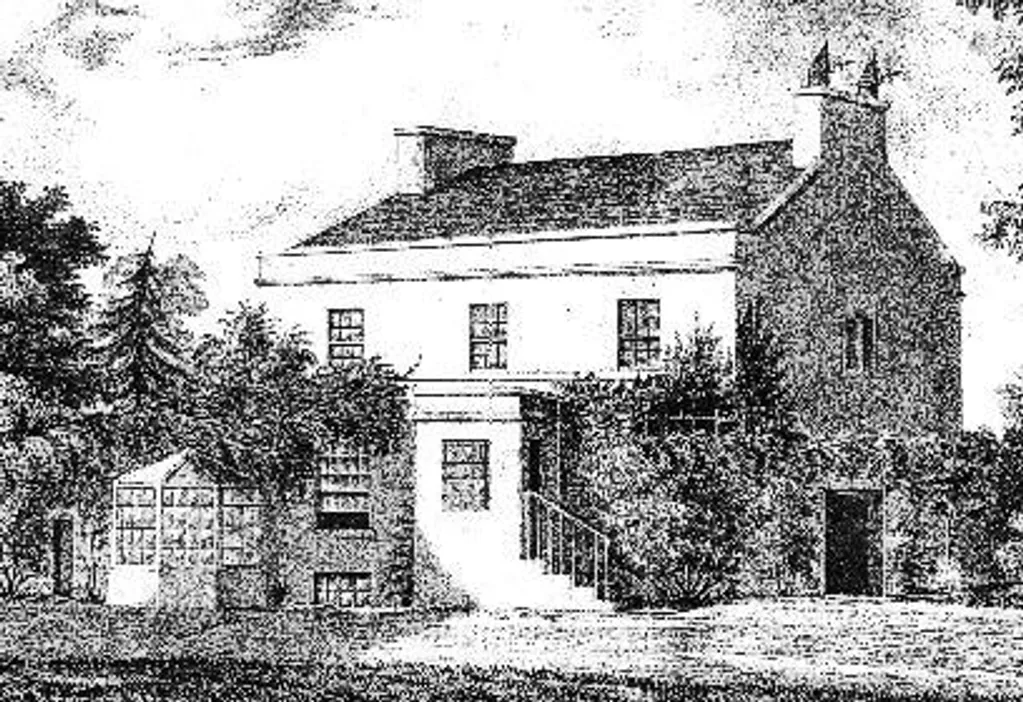
Another detour left up Hest Bank Lane, where you may notice remnants of the old turnpike extension, brings you to The Prospect (formally Marine Lodge). This old print shows how the house looked before recent alterations. The Lodge was probably built at some time between 1790 and 1815, it dates therefore from the reign of George III. Its facade certainly looks late Georgian and we know that it was a well established house by 1831.
